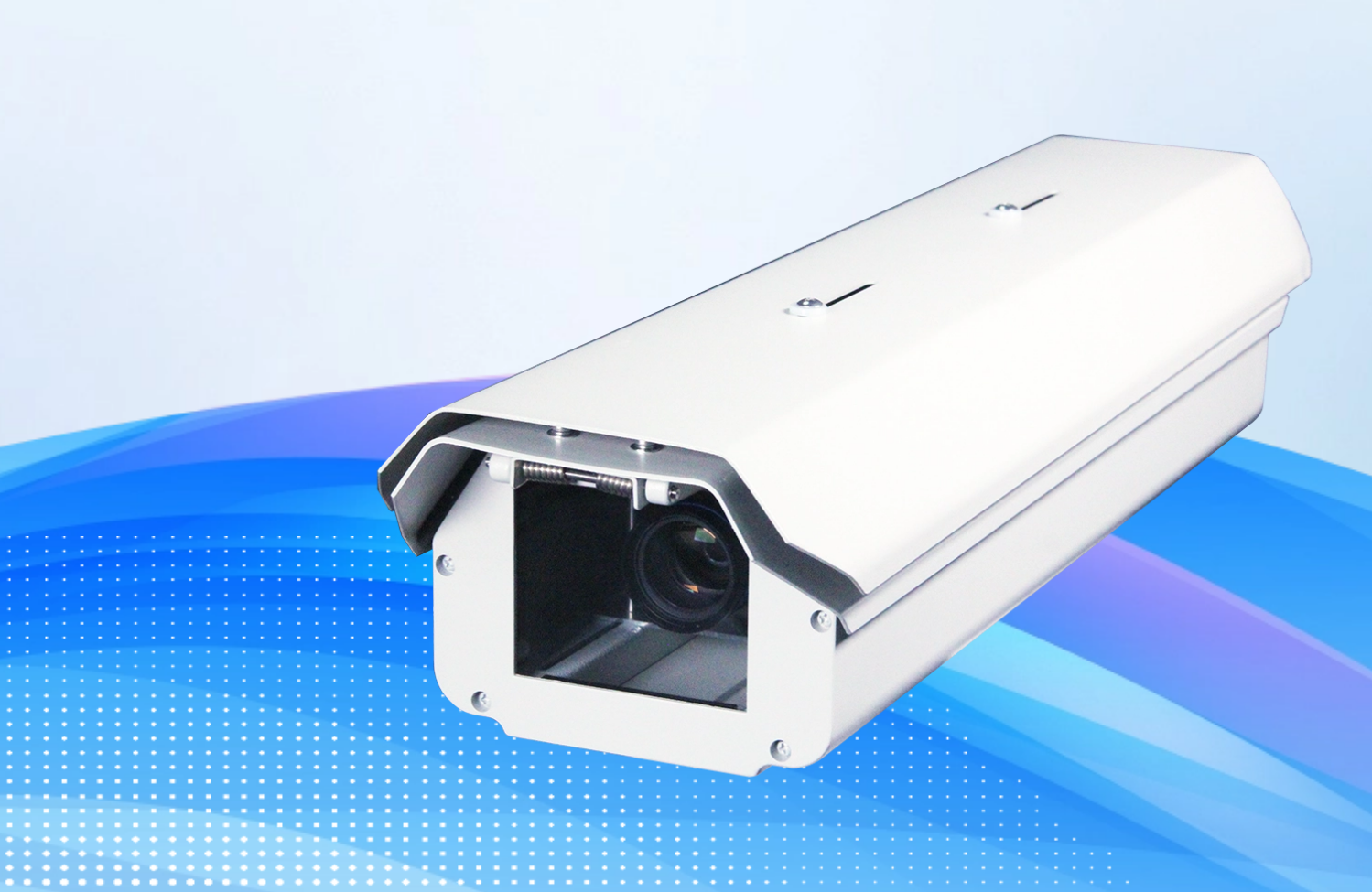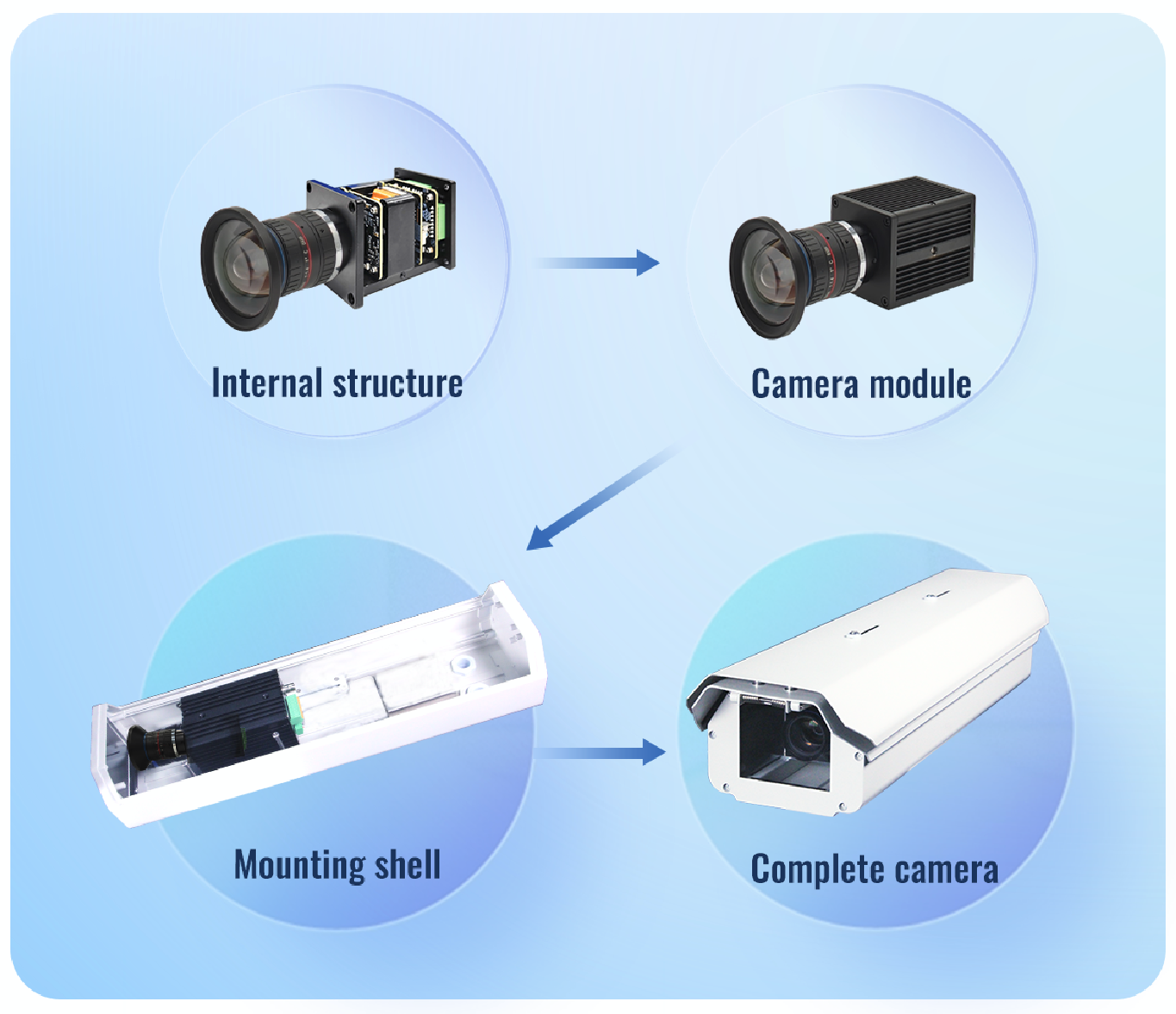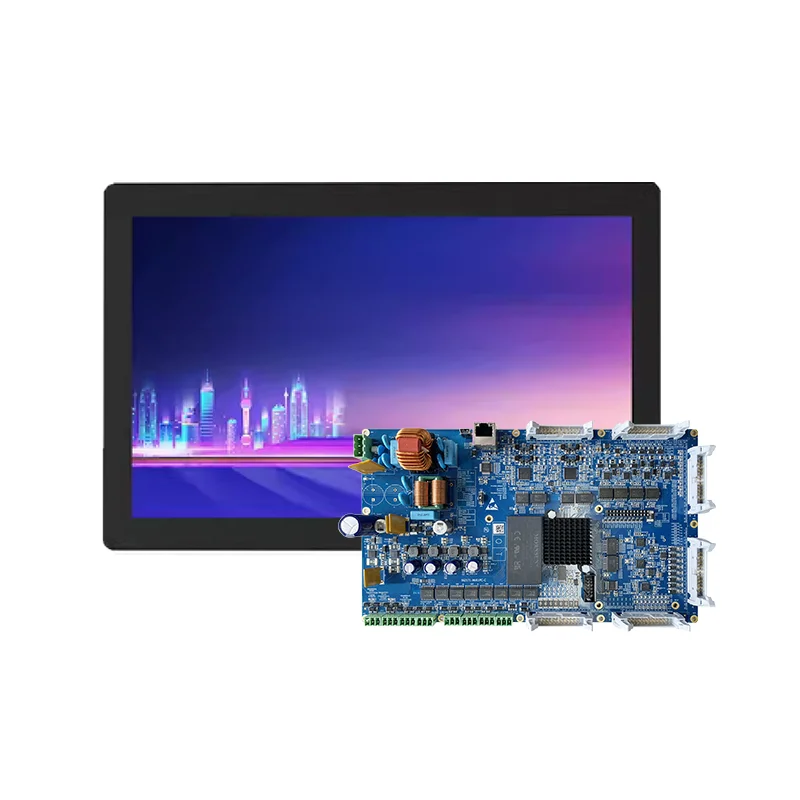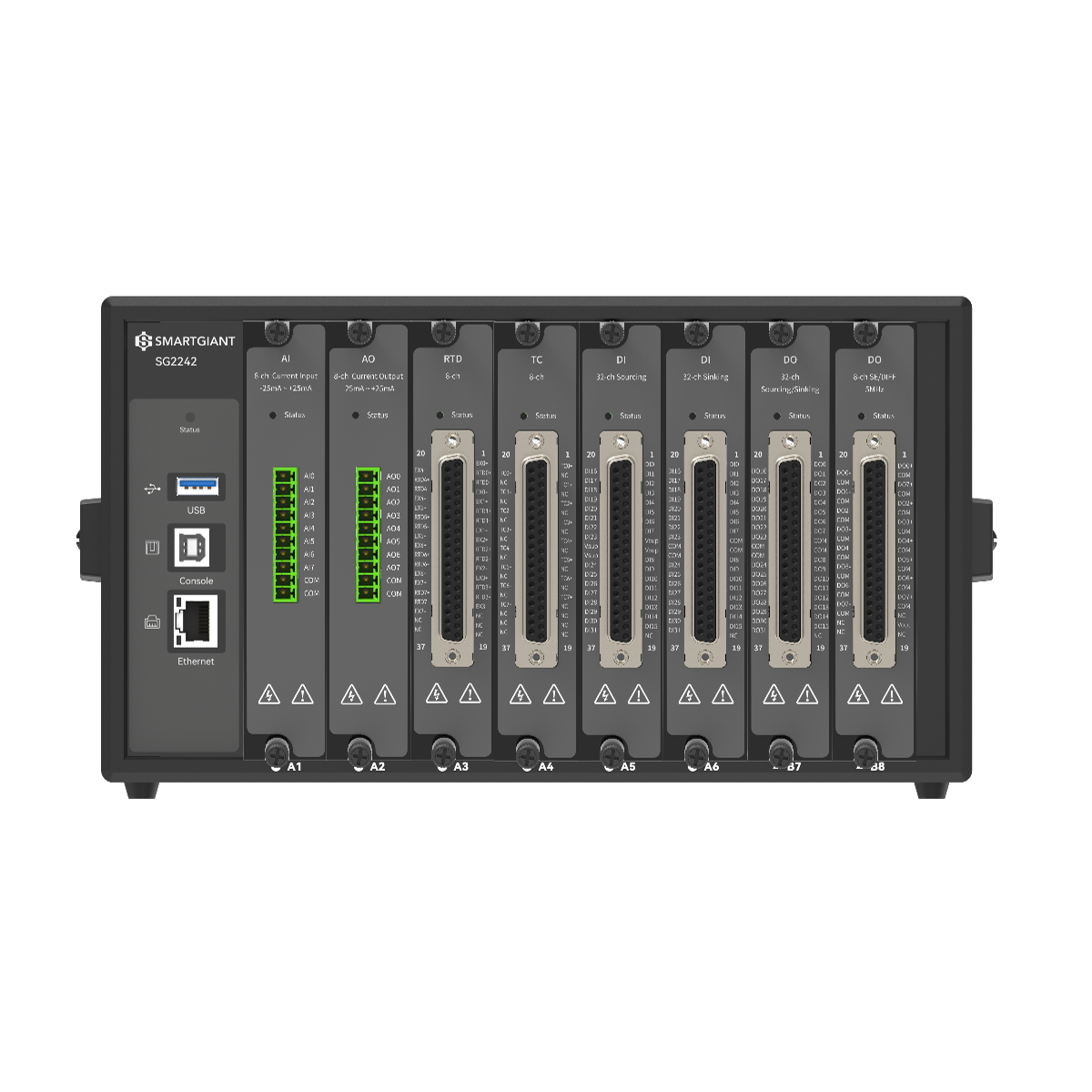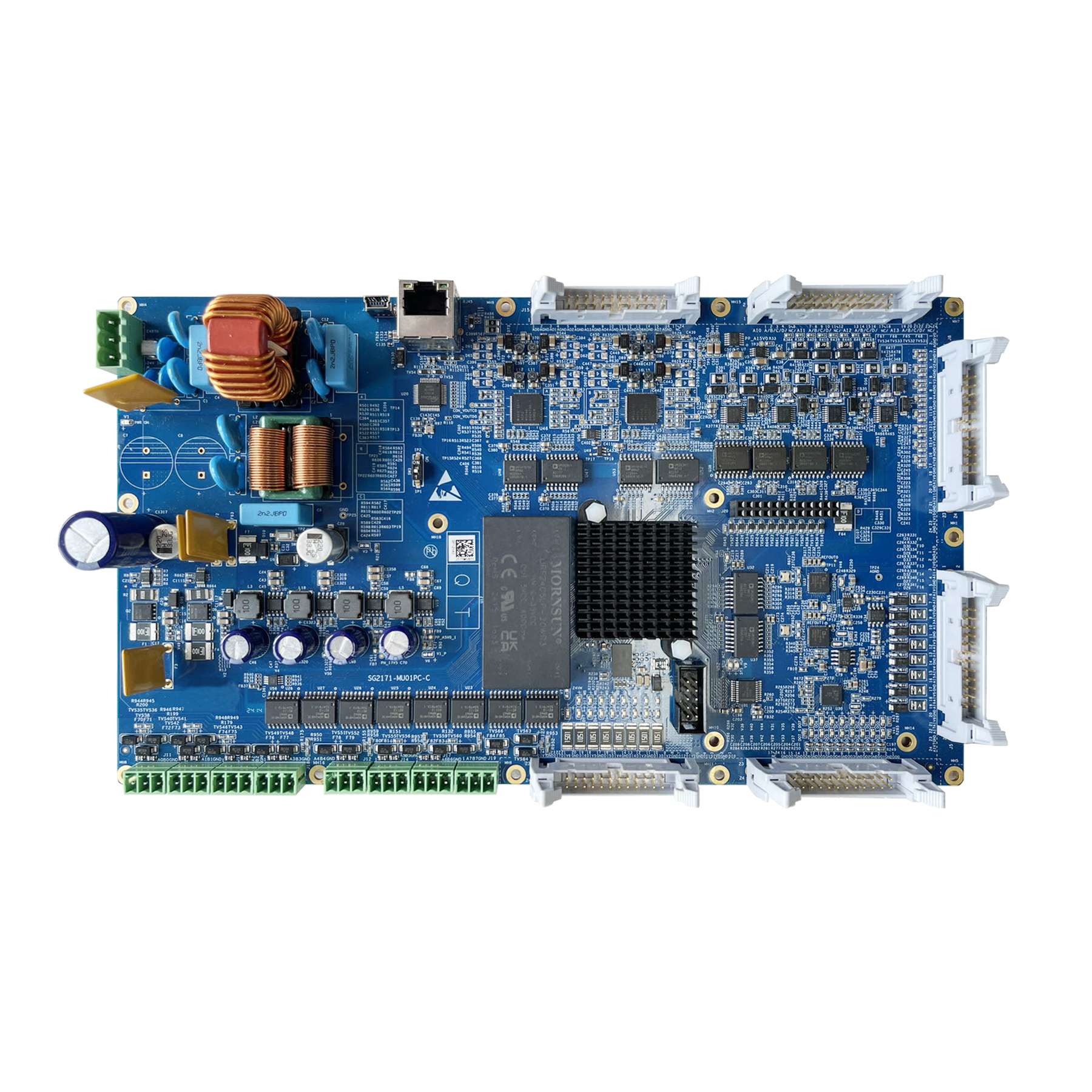
4K Global Shutter Camera vs. Raspberry Pi Global Shutter Camera
1. Global Shutter Technology: The Cornerstone of High-Speed Imaging
In machine vision and high-speed imaging, the choice of shutter technology fundamentally determines the accuracy and reliability of image capture. Global shutter and rolling shutter offer different approaches to handling dynamic scenes. Rolling shutter captures images line by line, which often leads to distortion—commonly known as the “jelly effect”—when photographing fast-moving objects. In contrast, global shutter captures the entire frame simultaneously, effectively freezing motion and eliminating blur and deformation. This makes global shutters essential in industrial inspection, intelligent traffic systems, sports science, and other high-speed scenarios.
Today’s market features a tiered landscape—from professional-grade 4K global shutter solutions like Smartgiant’s Horus 4K High-Speed Global Shutter Camera, to DIY-friendly, open-source global shutter cameras built on the Raspberry Pi platform. This article compares these two camps across three dimensions: technical architecture, performance, and application scenarios—to help industry professionals and tech enthusiasts make informed choices.
2. Technical Architecture: Industrial Integration vs. Open-Source Modularity
2.1 4K High-Speed Global Shutter Camera: System Integration at the Industrial Level
Smartgiant’s Horus 4K camera exemplifies professional-level hardware architecture:
- Core Processor: Based on the Hi3519AV100 SoC, integrating a 2TOPS NPU for on-device AI inference (e.g., object detection, trajectory tracking), reducing reliance on back-end servers.
- Imaging Sensor: Equipped with a 1-inch, 8.9MP global shutter CMOS sensor, with 3.45μm×3.45μm pixels, supporting 4096×2160 resolution at 50fps or 1080P at 120fps. It meets ISO 12233 standards for dynamic resolution testing.
- Data Processing: Supports H.265/H.264/MJPEG encoding and delivers low-latency RTSP video (under 100ms). Integrated NTP ensures precise multi-camera timestamp synchronization.
2.2 Raspberry Pi Global Shutter Camera: Cost-Effective Open-Source Stack
Raspberry Pi-based solutions typically follow a modular design philosophy, prioritizing flexibility and affordability:
- Core Platform: Uses Raspberry Pi 4B or CM4, with about 1.5TOPS of floating-point compute. A separate USB or CSI-connected global shutter module (e.g., Raspberry Pi Global Shutter Camera Module) is required.
- Imaging Sensor: Typically features a 1/2.3-inch, 2MP global shutter sensor, supporting 1920×1080 at 60fps or 720P at 120fps, with 2.8μm×2.8μm pixels and ~65dB dynamic range.
- Data Processing: Relies on Raspbian OS for software encoding, primarily supporting H.264. RTSP latency ranges from 200–500ms. Time sync is handled via software NTP, with multi-device timing errors up to several seconds.
Key Architectural Differences:
Specification | Smartgiant Horus 4K Camera | Raspberry Pi Global Shutter Camera |
Processor Architecture | Hi3519AV100 vision SoC with built-in NPU and ISP | General-purpose ARM processor (Broadcom) without ISP or NPU; image processing and AI computation rely on the CPU |
Sensor Specs | 1″ 8.9 MP Global Shutter | 1/2.3″ 2 MP Global Shutter |
AI Compute | 2 TOPS NPU (Edge AI) | ~0.5 TOPS (CPU float point) |
Time Sync Accuracy | Hardware NTP (<1ms error) | Software NTP (>10ms error) |
Ingress Protection (IP) | IP30 (rugged environments supported) | None (requires DIY housing) |
3. Application Suitability: From Industrial Rigor to Maker Flexibility
3.1 Professional Use Cases: Where 4K Global Shutters Excel
Smart Traffic Systems
On highways, Smartgiant’s 4K global shutter camera enables all-weather plate capture—including new-energy and regional plates—and supports AI-based violation detection (e.g., line crossing, no seatbelt). Dual Gigabit Ethernet ports allow real-time video + snapshot transmission. RS485 integrates with radars and inductive loops, building a complete smart monitoring solution.
3.2 Open-Source & Maker Projects: Raspberry Pi’s Ecosystem Advantage
Lightweight Vision & Robotics
In service robots, Raspberry Pi global shutter cameras help detect fast-moving obstacles (like running pets). However, limited compute and latency hinder their use in complex, dynamic environments (e.g., multi-object tracking).
3.3 Application Recommendations:
- For precision measurement, industrial reliability, or AI deployment: Choose a 4K high-speed global shutter camera.
- For basic high-speed imaging, budget sensitivity, or DIY hardware development: Raspberry Pi is a suitable entry-level tool.
4. Smartgiant’s 4K Global Shutter Solution: Redefining Industrial Standards
The Smartgiant Horus 4K high-speed global shutter solution integrates test and measurement technology with vision technology, setting a new technical benchmark for professional-grade global shutter cameras:
- Hardware Integration: Combines AI computing, high-speed imaging, and multi-protocol I/O in a compact 115×71×57mm body. Supports C/CS lens mounts for quick swapping and embedded system integration.
- Scenario Optimization: Pre-configured modes for traffic and industrial use (e.g., auto exposure for license plates). Web UI supports Chrome/Edge—no software install required for configuration.
- Cost Efficiency: Compared to traditional industrial cameras (e.g., Basler ace 2), offers 30% lower cost at equivalent resolution and frame rate—cutting enterprise operation costs.
For enterprises requiring high-speed visual inspection, Horus’s 2 TOPS NPU enables on-device AI processing. For example, it can run YOLOv5 object detection models directly within the camera to classify moving objects and predict their trajectories, reducing the load on backend servers — an ideal fit for distributed monitoring system architectures.
5. Selection Guide: Balancing Technology and Cost
When designing high-speed vision systems, consider this evaluation framework:
- Precision Requirements: For measurement-grade tasks (<1% error), global shutter is mandatory. Sensor resolution must match field of view (e.g., for a 10×10cm target, 4K yields sub-millimeter accuracy).
- Frame Rate Needs: Object speed (m/s) × 100 ≤ Frame rate × Pixel size (μm). For example, when capturing an object moving at 10 m/s with a camera using 3.45 μm pixels, the frame rate should be ≥289 fps (in practice, 120 fps @1080P can be used with ROI cropping to meet the requirement)..
- System Expandability: Multi-camera setups require hardware time sync (e.g., Horus NTP). For single-camera use, software sync may suffice.
- Long-Term Cost: Industrial cameras have higher upfront cost but longer lifespan (>5 years), making them ideal for production lines and infrastructure.
6. Conclusion: Industrializing Global Shutter Technology
From labs to industrial floors, global shutter cameras are evolving from niche to necessity. Smartgiant’s 4K solution bridges edge AI and high-speed imaging, solving challenges in latency and precision while offering a lightweight alternative for intelligent traffic and Industry 4.0 systems. Meanwhile, the Raspberry Pi ecosystem continues to democratize access, bringing high-speed vision to education and maker communities.
Ultimately, the right choice depends on your specific balance of performance, budget, and application. For reliability-critical industries, professional 4K global shutter cameras remain essential. For experimentation and low-cost validation, open-source options unlock innovation.
As sensor tech and edge computing continue to advance, expect global shutter applications to expand into areas like autonomous driving and medical microscopy—unlocking new frontiers in high-speed vision.
For more information about our 4K High-Speed Global Shutter Camera, or to request a demo unit, feel free to leave a message or contact us at: info@smartgiant.com
Contact Us
Smartgiant Technology 1800 Wyatt Dr, Unit 3, Santa Clara, CA 95054.
Email: info@smartgiant.com

Contact Us
Smartgiant Technology 1800 Wyatt Dr, Unit 3, Santa Clara, CA 95054.
Email: info@smartgiant.com



